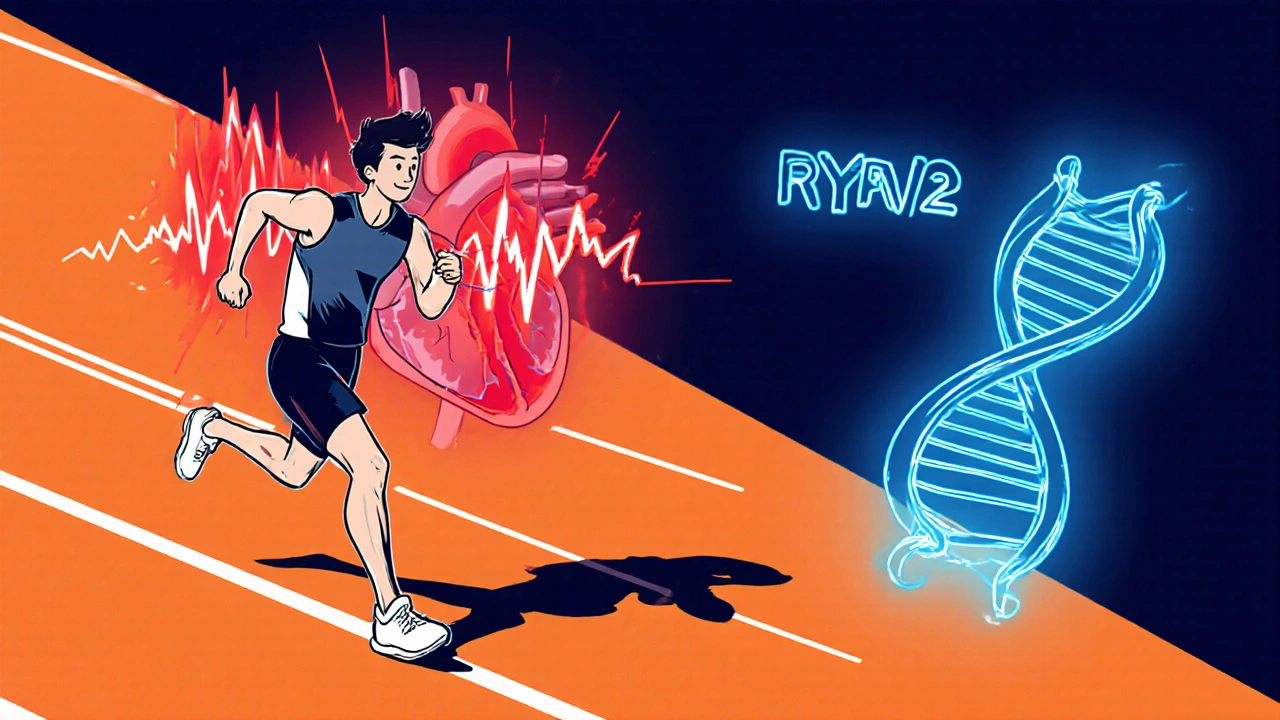When working with antiarrhythmic therapy, the use of medicines and procedures to correct abnormal heart rhythms. Also known as rhythm control, it helps prevent dangerous arrhythmias and keep the heart pumping efficiently. Most people think of pills, but the field also includes devices and lifestyle tweaks. Below we’ll walk through the biggest drug families, a key device, and the conditions that usually trigger treatment.
One common class is beta blockers, drugs that slow heart rate and blunt electrical excitement. They’re often first‑line for atrial fibrillation and for keeping the heart calm after a heart attack. Antiarrhythmic therapy also relies on calcium channel blockers, medications that limit calcium entry into heart cells, reducing contraction strength and conduction speed. These are useful when beta blockers are too heavy‑handed or when patients need better blood‑pressure control at the same time.
Beyond pills, a hardware option called an implantable cardioverter‑defibrillator (ICD), a small device placed under the skin that detects and shocks dangerous ventricular rhythms can be a lifesaver. An ICD doesn’t replace medication but works alongside it, especially for people with a history of ventricular tachycardia or who have survived sudden cardiac arrest. The combination of drugs and devices creates a layered defense against rhythm problems.
These entities link together in clear ways: antiarrhythmic therapy encompasses beta blockers and calcium channel blockers as drug pillars; it requires careful dosing and monitoring; and it benefits from ICDs when the risk of life‑threatening ventricular beats is high. Understanding how each piece fits lets patients and clinicians pick the right mix for conditions like atrial fibrillation, ventricular tachycardia, or premature ventricular contractions.
When you talk to a doctor about antiarrhythmic therapy, expect three main questions: which drug class matches your rhythm problem, whether you need a device like an ICD, and how lifestyle factors (like caffeine, alcohol, and sleep) might affect the plan. Answers often hinge on the type of arrhythmia—fast‑pacing atrial fibrillation needs rate‑control meds such as beta blockers, while a dangerous ventricular rhythm might call for a class III drug plus an ICD.
Now that you’ve got the basics—what antiarrhythmic therapy is, the key drug families, and the role of an ICD—you’re ready to dive into the detailed guides and comparisons below. Whether you’re looking for the pros and cons of a specific beta blocker, trying to understand how calcium channel blockers compare, or curious about how an ICD is implanted, the articles ahead break down each topic in plain language and give you actionable tips you can use today.

Explore how amiodarone works for catecholaminergic polymorphic ventricular tachycardia, its dosing, side effects, and how it compares with beta‑blockers, flecainide, and ICDs.
read more